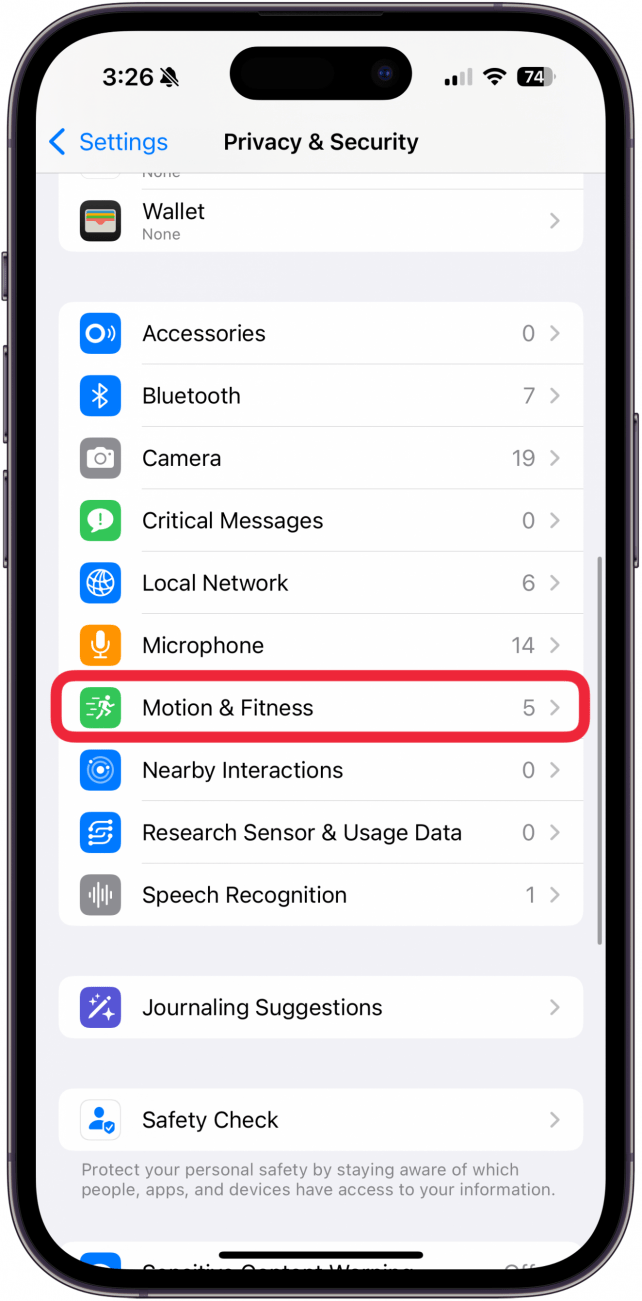Have you ever checked your fitness tracker only to find it hasn’t counted your steps correctly? It’s frustrating when your hard work doesn’t show up on your device.
You might wonder if your tracker is broken or if you’re doing something wrong. The truth is, there are simple reasons why your fitness tracker doesn’t count your steps the way you expect. Keep reading to discover what might be causing this and how you can fix it, so every step you take gets counted accurately.
Common Reasons Steps Aren’t Tracked
Tracking steps helps monitor daily activity and stay healthy. Sometimes, step counters stop working correctly. This can be frustrating and confusing. Understanding common reasons behind this issue can help fix it fast.
Step trackers rely on sensors and software to count every move. Problems in these parts cause missed steps. The following sections explain the main causes of step tracking failures.
Sensor Malfunctions
Sensors detect your motion and count steps. Dirt, dust, or damage can stop sensors from working well. Sensors may also wear out over time. If the device does not sense movement, it won’t count steps accurately.
Incorrect Device Placement
Step trackers need proper placement to work correctly. Wearing the device loosely or on the wrong wrist can cause errors. Some trackers only count steps when worn on the hip or wrist. Moving the device too little also results in no step count.
Software Glitches
Software controls how steps are recorded and shown. Bugs or errors in the app may stop step counting. Updates can cause glitches or reset settings. Restarting or updating the app often solves this problem.
Battery And Power Issues
Low battery or power problems affect step tracking. When power is low, devices may turn off sensors to save energy. Dead batteries stop tracking completely. Keeping the device charged helps maintain accurate step counts.
Credit: discussions.apple.com
Calibrating Your Fitness Tracker
Calibrating your fitness tracker helps it count steps more accurately. Each person moves differently. The tracker needs to know your unique movements. Setting it up right stops missed or extra steps.
Setting Personal Parameters
Enter your height, weight, and age in the tracker app. These details help the device understand your stride length. A correct stride length means better step count. Without this, the tracker guesses and often counts wrong. Personal data also helps calculate calories burned more precisely.
Adjusting Sensitivity Levels
Sensitivity controls how the device detects motion. Too high sensitivity counts small hand movements as steps. Too low sensitivity misses actual walking steps. Adjust this setting to match your activity style. Some trackers allow you to change this in the settings menu. Test different levels to find what works best for you.
Troubleshooting Sync Problems
Sync problems can stop your fitness tracker from counting steps. These issues often cause frustration and confusion. Fixing sync problems helps your tracker work correctly. It ensures all your steps show up in the app. Below are simple ways to solve common sync issues.
Checking Bluetooth Connections
Bluetooth connects your fitness tracker to your phone. If Bluetooth is off, syncing will fail. Check that Bluetooth is on both devices. Turn Bluetooth off and on to reset the connection. Move your tracker closer to your phone. Remove other Bluetooth devices that may cause interference. These steps often restore the connection quickly.
Updating The App And Firmware
Old apps and firmware cause syncing problems. App updates fix bugs and improve performance. Check for app updates in your phone’s store. Firmware updates improve your tracker’s software. Open the tracker app and look for firmware updates. Install any available updates to keep your tracker running smoothly. Updated software helps avoid many sync errors.

Credit: www.reddit.com
Improving Step Detection Accuracy
Improving step detection accuracy helps your fitness tracker count steps more correctly. Many factors affect how well your device records each step. Simple changes in how you wear and use the tracker make a big difference. This guide shows easy ways to improve step counting.
Wearing The Tracker Correctly
Place the tracker on your wrist as the instructions say. Tighten the band enough so it does not move around. A loose tracker can miss steps or count wrong ones. Wear it on the wrist you use less for daily tasks. The tracker picks up steps better this way.
Avoiding Common Movement Errors
Not all arm movements are steps. Shaking your hand or typing can cause false counts. Try to keep your hand steady during these actions. Walking with a natural arm swing helps the tracker detect steps. Avoid quick, small movements that do not match walking steps.
When To Reset Or Replace Your Device
Knowing when to reset or replace your fitness tracker can solve many step counting issues. Sometimes, the device just needs a simple refresh. Other times, it shows signs of wear or malfunction. Acting at the right time keeps your fitness data accurate and reliable.
Factory Reset Steps
Start by backing up your data. A reset erases all stored information. Next, find the reset option in your device settings. It might be called “Factory Reset” or “Restore Defaults.”
Follow the on-screen instructions carefully. The device will restart and return to original settings. After the reset, pair it again with your phone. Check if step tracking works better now.
Signs You Need A New Tracker
Step counts stop updating or reset randomly. The screen becomes unresponsive or flickers. Battery drains much faster than before. The device no longer syncs with your phone.
Physical damage like cracks or loose parts also matters. Frequent software glitches may signal aging hardware. These signs suggest it’s time to replace your tracker. A new device ensures accurate step tracking again.

Credit: www.iphonelife.com
Frequently Asked Questions
Why Doesn’t My Fitness Tracker Count Steps Accurately?
Fitness trackers may miscount steps due to sensor issues or improper wrist placement. Ensure the device fits snugly and is calibrated correctly. Software updates can also improve accuracy. Avoid excessive arm movements that aren’t walking to prevent false counts.
How Can I Fix Step Counting Errors On My Tracker?
Restart your device and update its software to fix errors. Check that the tracker is worn correctly and synced with your app. Calibrate the device if possible. Resetting settings often resolves step counting issues effectively.
Does Wearing A Fitness Tracker On The Wrong Wrist Affect Steps?
Yes, wearing the tracker on the non-dominant wrist usually improves accuracy. Dominant hand movements can falsely inflate step counts. Switching wrists and calibrating your device can help ensure precise step tracking.
Can Fitness Tracker Settings Cause Missing Steps?
Incorrect settings like step goals or activity mode can affect counting. Verify your tracker’s settings match your activity type. Some devices require manual mode changes for different exercises. Adjust these settings for accurate step data.
Conclusion
Fitness trackers may miss steps due to device settings or placement. Sometimes, software updates fix tracking problems. Wearing the tracker too loosely can cause errors. Different activities may not count as steps. Checking the tracker’s sensor and app helps find issues.
Restarting the device can improve step counting. Regularly syncing your tracker keeps data accurate. Small changes in how you wear or use it make a big difference. Stay patient and try these tips for better step tracking. Your fitness journey gets clearer with proper tracking.
